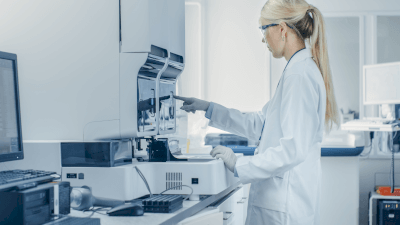What Is an Analyzer

An analyzer is classified into different categories according to the field in which they are used: laboratory analyzer for experiments and research, environmental analyzer, analyzer for work environment and security, analyzer for physical examination (medical analyzer), and analyzer for bio-related applications (eg, DNA analysis).
Exhibitions (analyzer exhibitions) are held in various regions according to the use and type of analyzer.
Uses of Analyzers
For example, they are used in research institutes such as universities, private companies such as material and pharmaceutical manufacturers, and also in the Forensic Science Laboratory of police departments.
For example, liquid chromatography and gas chromatography are used to determine the composition and amount of impurities in a substance. An urban-visible spectrophotometer is used to determine the concentration of components in a liquid, and an infrared spectrophotometer is used to determine the chemical structure of a substance.
There are also nitrogen oxide analyzers (Nox analyzers), ozone analyzers for environmental analysis, and TOC analyzers for water pollution analysis.
Principle of Analyzers
The principles of analyzers vary greatly depending on the model. In this article, we will introduce the principles of high-performance liquid chromatography (HPLC), which is one of the most frequently used analyzers. HPLC is a device that injects a liquid to be analyzed into a column to separate each component.
The column is packed with a stationary phase, and the retention time of each component varies depending on its interaction with the stationary phase and adsorption power. Since the retention time differs, the time required for elution differs for each component, that is, the components can be separated and detected as separate peaks.
The devices that make up liquid chromatography include a liquid (mobile phase) to flow the sample into the column, a pump to flow the mobile phase, an autosampler to inject the sample (or an injector to inject manually), an oven to maintain a constant column temperature and a detector. The sample, injected into the column at a constant flow rate by the pump, passes through the stationary phase in the column, is separated into individual components, and these separated components are then detected by the detector. Each component can be determined from the area value and size ratio of the detected peaks.